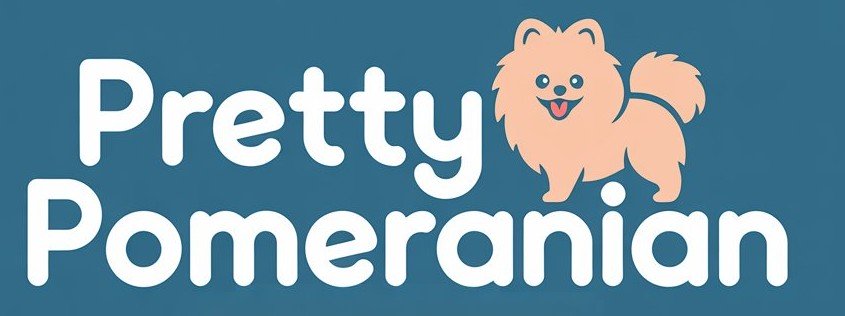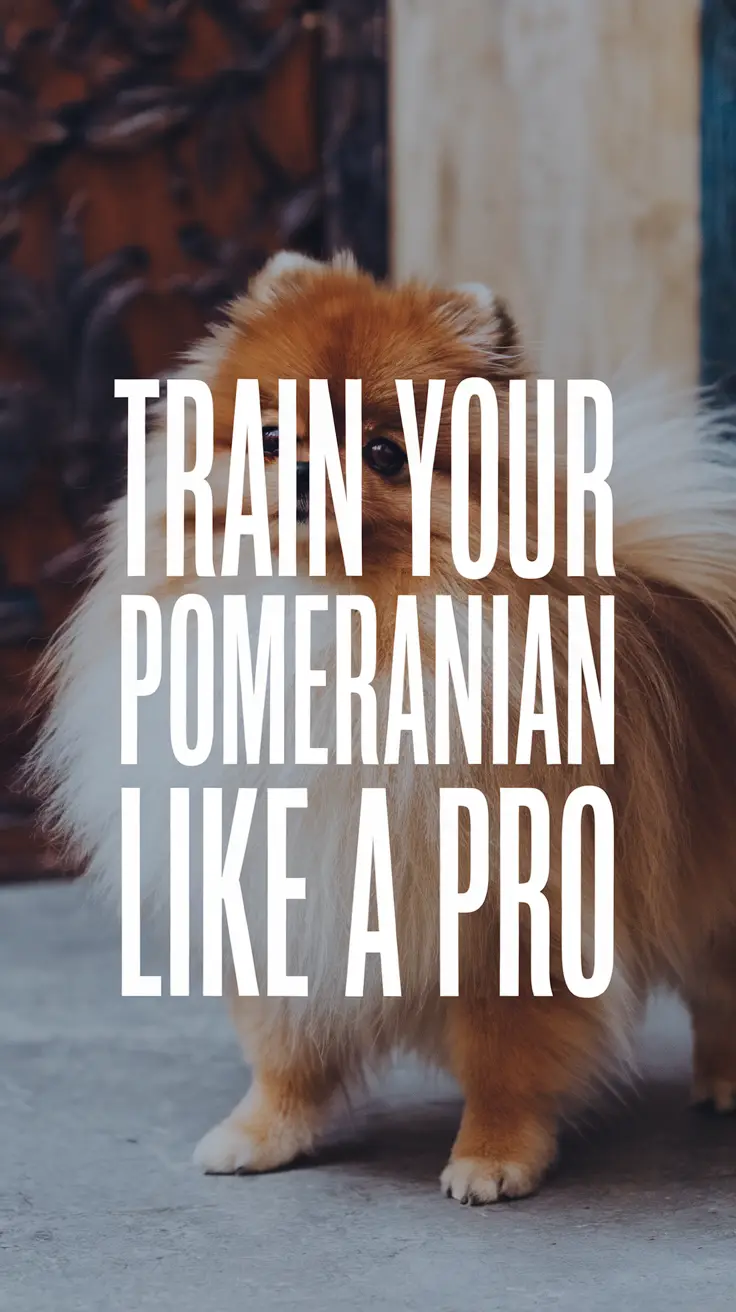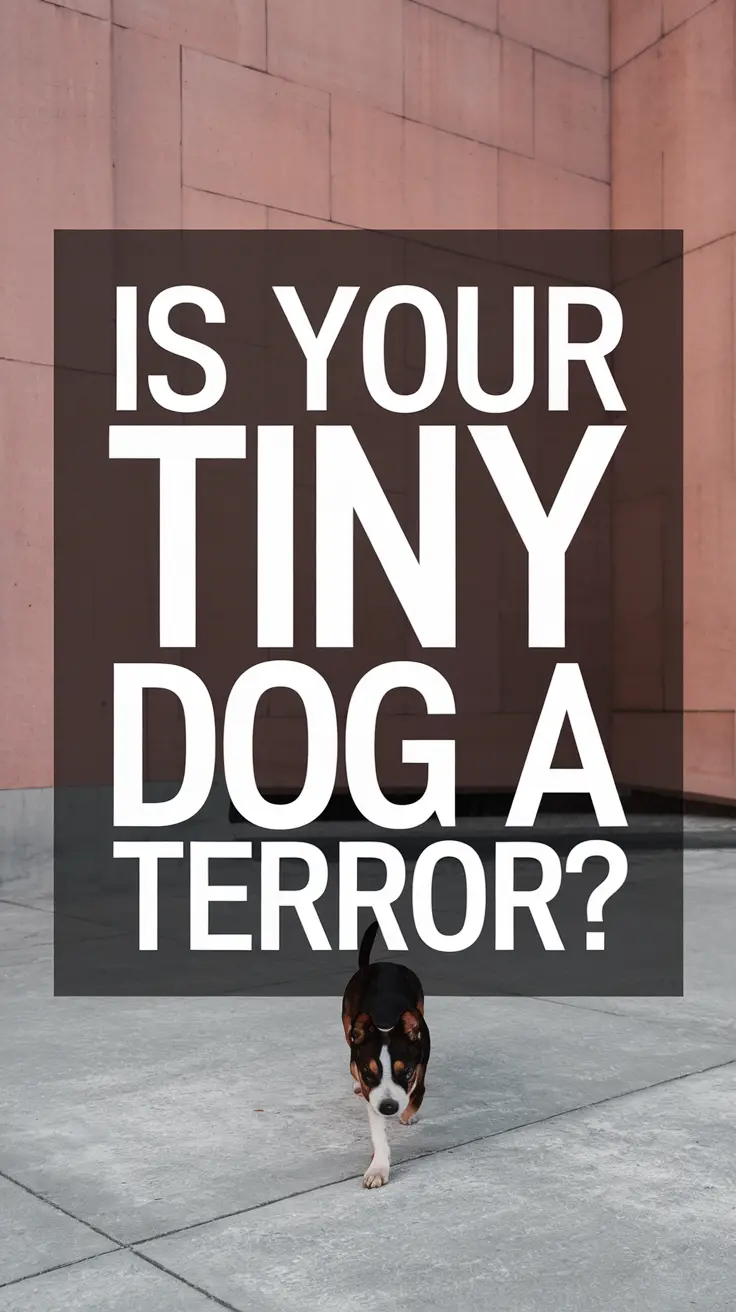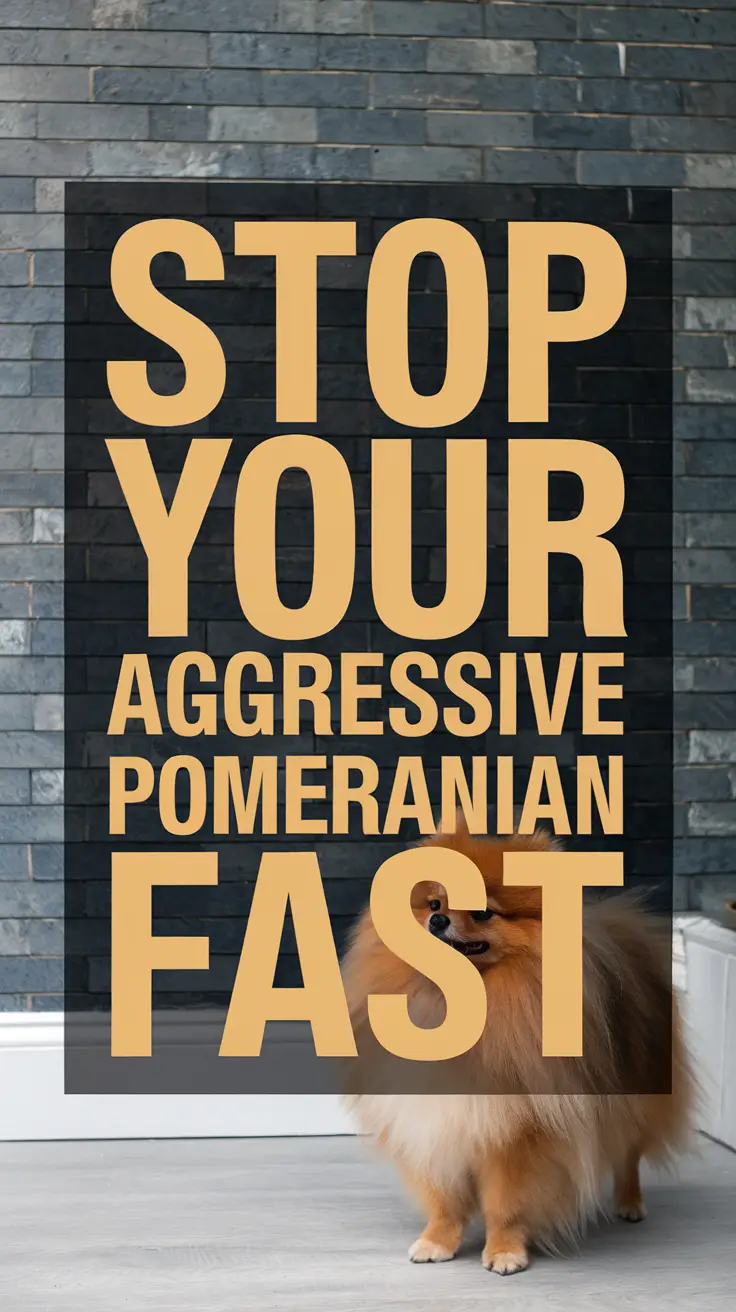The moment you walk through that door with a tiny ball of fluff tucked under your arm, your current Pomeranian’s expression will likely shift from “Welcome home, human!” to “What fresh betrayal is this?” Trust me, I’ve been there with my Sash, and introducing a new puppy to an established Pomeranian requires more strategy than a chess match.
Quick Summary: Your Three-Step Success Plan
- Prepare your home and current Pom before the new puppy arrives
- Follow a gradual introduction process over several weeks
- Manage resources and establish routines to prevent jealousy
Pre-Arrival Preparation: Setting the Stage
Before you bring home that adorable new addition, your current Pomeranian needs some prep work. When I decided to add a second dog to our family, I made the rookie mistake of thinking Sash would instantly embrace her new “sibling.” Spoiler alert: she did not.
Dr. Patricia McConnell, renowned animal behaviorist, emphasizes that preparation prevents most introduction problems. Start by ensuring your current Pom is well-trained in basic commands – sit, stay, and “leave it” will become your best friends during this process.
Essential Pre-Puppy Checklist
- Separate feeding stations and water bowls
- Individual toy collections (yes, even identical toys need to be “theirs”)
- Two separate sleeping areas
- Baby gates for controlled separation
- High-value treats for positive reinforcement
The Introduction Timeline: Patience is Your Superpower
The American Kennel Club recommends a gradual introduction process spanning 2-4 weeks. Here’s the timeline that worked beautifully with Sash and prevented what could have been a furry catastrophe:
| Week | Activity | Goal |
|---|---|---|
| Week 1 | Separate spaces, scent swapping | Familiarization without stress |
| Week 2 | Visual contact through baby gates | Building curiosity, reducing anxiety |
| Week 3 | Supervised short meetings | Positive associations |
| Week 4 | Gradual increase in together time | Building friendship |
Week One: The Scent Game
Keep your new puppy and existing Pom in separate areas of the house. This isn’t punishment – it’s smart management. Swap their bedding daily so they become familiar with each other’s scent. Sash spent the first three days sniffing her usual sleeping spot like a detective at a crime scene, but by day four, she seemed genuinely curious rather than concerned.
Week Two: The Visual Introduction
Use baby gates to create visual contact while maintaining safety. Feed them on opposite sides of the gate – this creates positive associations since food equals happiness in the Pomeranian universe. Watch for body language: relaxed postures and play bows are good signs, while stiff bodies and hard stares mean you need to slow down.
Managing the Pomeranian Personality
Pomeranians are natural-born rulers who believe they’re considerably larger than their five-pound frames suggest. This confidence can work for or against you during introductions. Sash initially approached our new puppy with the authority of a queen greeting a subject – which was actually perfect because it established hierarchy without aggression.
Common Pomeranian Reactions and Solutions
- Resource guarding: Feed separately permanently, not just during introductions
- Attention seeking: Give your original Pom extra one-on-one time
- Territorial behavior: Maintain separate sleeping areas for at least six months
- Excessive barking: Redirect with training commands and reward quiet behavior
The Integration Phase: When Things Click
You’ll know the introduction is successful when you catch them napping near each other (not necessarily touching – Poms value their personal space), sharing the same general area during playtime, or when your original dog starts showing protective behavior toward the newcomer.
With Sash, the breakthrough moment came during week three when she voluntarily shared her favorite sunny spot on the carpet. Not touching, mind you, but within the same two-foot radius – which for a Pomeranian is practically a declaration of eternal friendship.
Troubleshooting Common Challenges
When Progress Stalls
Sometimes introductions hit roadblocks. If you notice increased aggression, regression in house training, or excessive stress signals (panting, pacing, loss of appetite), slow down the process. There’s no prize for speed here – only successful long-term relationships matter.
Size Considerations
If your new puppy is a larger breed, supervise all interactions carefully. Pomeranians have the heart of a lion but the bones of a bird. Even playful puppy behavior can accidentally injure a small Pom.
Creating Harmony: Long-term Success Strategies
Once your dogs are living together peacefully, maintain the structures that created success. Separate feeding areas should remain permanent – food is serious business for Pomeranians. Each dog should have their own toys, even if they end up sharing them voluntarily.
Regular training sessions with both dogs together will reinforce their bond and your leadership. Pomeranians thrive on routine and clear expectations, so consistency in rules and schedules will keep everyone happy.
The Unexpected Joys
The challenges of introducing a new puppy to your Pomeranian pale in comparison to the entertainment value of watching them develop their relationship. Sash now considers herself the puppy’s personal trainer, demonstrating proper barking techniques at squirrels and showing her where the best sunbeams hit the floor throughout the day.
Your Pomeranian might surprise you with their nurturing side, or they might maintain their royal dignity while secretly enjoying the companionship. Either way, you’re in for a delightful journey that will fill your home with twice the personality, twice the fluff, and yes, twice the attitude – but also twice the love.




